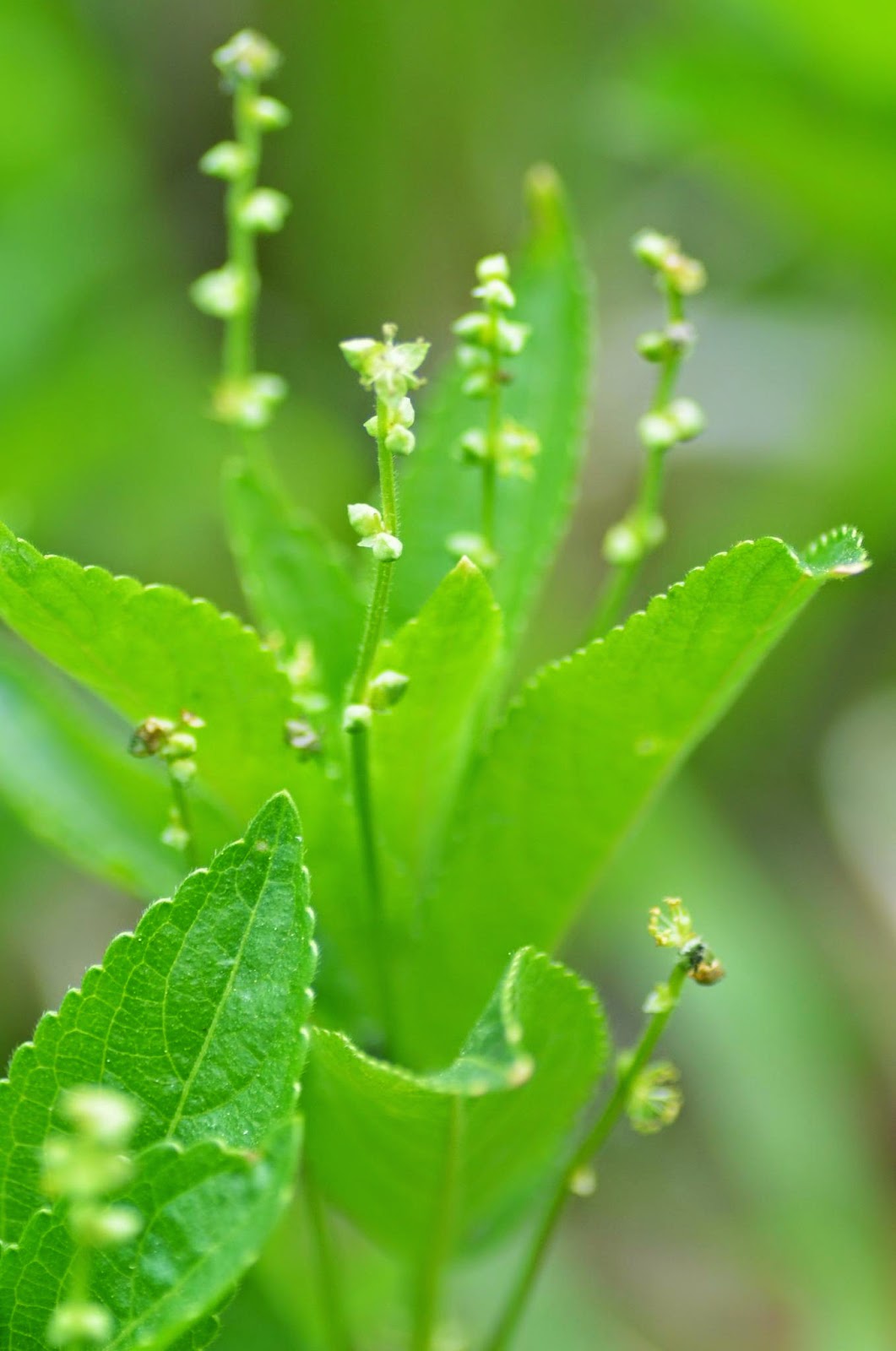 |
Gentianella amarella Autumn Gentian
Image: R. Clark |
Another of our AEM exhibits is now available for you to view here and we invited
blogger, photographer and conservationist Ryan Clark to put together this guest post explaining
how he used the new England Red List to assess the conservation value of a SSSI in VC24
(Buckinghamshire). Ryan joined BSBI as a junior member earlier this year and
here is what he made of exhibiting at his first-ever AEM:
“Last Saturday botanists from across Britain and Ireland
congregated in Leicester for the BSBI Annual Exhibition Meeting. The day was packed with talks,
exhibits, workshops and herbarium tours.
"This was the first time I had been to
a BSBI meeting so I didn't know what to expect but I came back with a mind full
of new ideas and excitement about the projects taking place in the future. You
can see my summary of the day’s talks on my blog here.
 |
Botanists at post-AEM dinner (Ryan lost in throng!)
Image: P. Heslop-Harrison |
"For me, the evening meal was a very important and enjoyable part of the day.
Apart from the amazing food, the company was lovely too. I am fairly new to
botany so the opportunity to converse on a level playing field with botanists
with a wide range of backgrounds and experience in the field was unmissable.
“Apart from enjoying the talks, I was also an exhibitor at
the AEM. You can see my exhibit here inspired by the publication earlier this year of A Vascular Plant Red List for England. This groundbreaking publication, for the first time, assesses
the current state of England’s flora against standardised IUCN criteria.
 |
Blackstonia perfoliata Yellow-wort
Image: R. Clark |
"The
report and an Excel spreadsheet of the data are freely available from the BSBI
website here. The opportunity to use this publication to
analyse my vascular plant records from the site seemed like a good way to
highlight how important this site is for wildlife.
“During this survey, 125 vascular plant species were
recorded (as well as 203 invertebrate species). On looking up the plant species
in the England Red List, I found that 112 species were classified as least
concern in England, 12 were classified as near threatened and one was classified
as vulnerable.
“This made it possible to work out the more important
aspects of the site for vascular plants. For example, although a mosaic of
habitats is important I believe this study highlights the importance of the
short turf on site. This requires careful management and the correct grazing
pressures to be in place.
 |
Juniperus communis Juniper at the survey site
Image: R. Clark |
"The site is currently grazed by sheep in the winter,
however I believe that it is more difficult to maintain the appropriate grazing
pressures using sheep, therefore I have suggested that cattle should also be
used on site. Cattle create bare ground in their hoofprints, allowing for
seedling establishment, and also pull up more coarse grasses, allowing for
higher species diversity.
 |
Poterium sanguisorba Salad Burnet
Image: R. Clark |
“Overall the England Red List gave me the tools to highlight
the importance of this site and should help my local Wildlife Trust (BBOWT) to protect and
manage this site even more effectively in the future.
“I would like to take the opportunity to thank Pete Stroh
and colleagues for their excellent work on the England Red List, Louise Marsh
for inviting me to exhibit at the event and many thanks to everyone who saw the
exhibit on the day and was kind enough to offer feedback. If you have any questions
or feedback, please do comment below or email me here.”
 |
Succisa pratensis Devil's-bit scabious
Image: R. Clark |
Many thanks to Ryan for this report and for sharing his exhibit
– I can’t wait to see what he exhibits at next year’s AEM!
And do let us know
if you are using the List as a conservation tool.
As Ian Taylor (Natural England) said on publication of the List “The scientific rigour
brought to the England Red List by a partnership of the country’s leading
botanical organisations will enable us to target our conservation efforts more
precisely and with greater confidence on those plants, habitats and landscapes
revealed to be most urgently in need.”




























